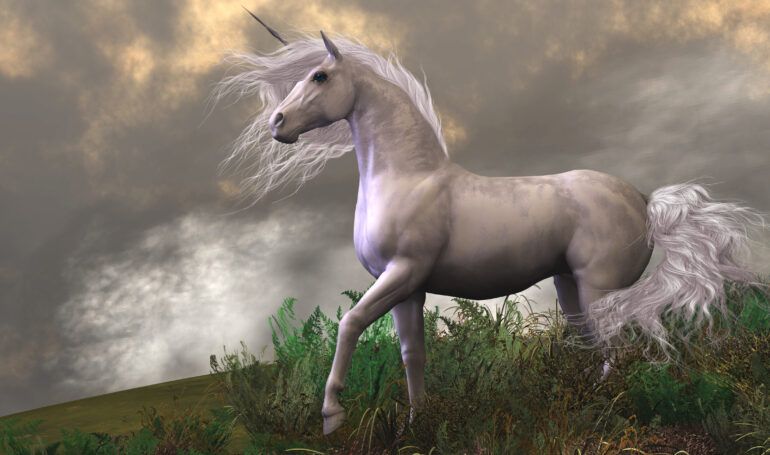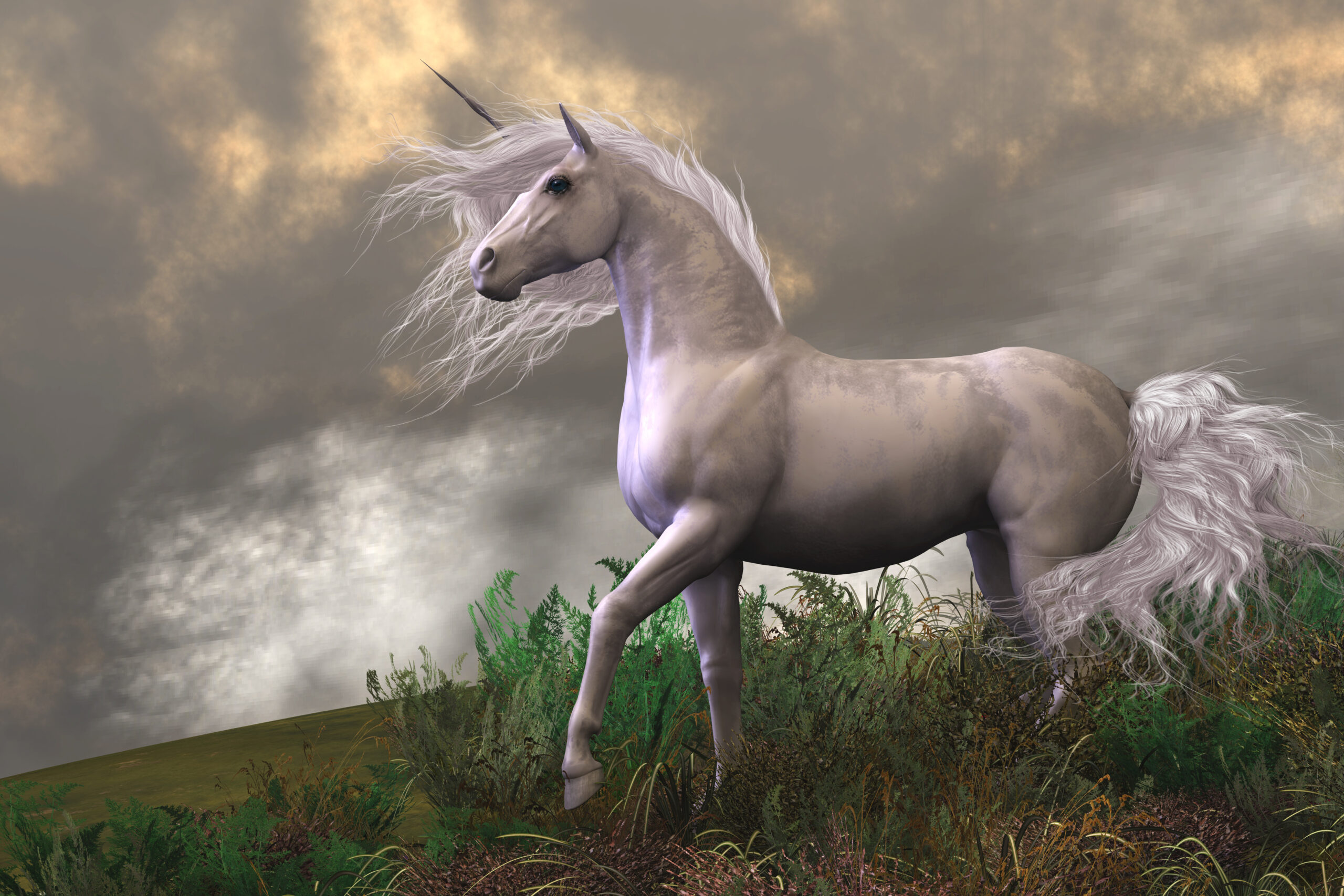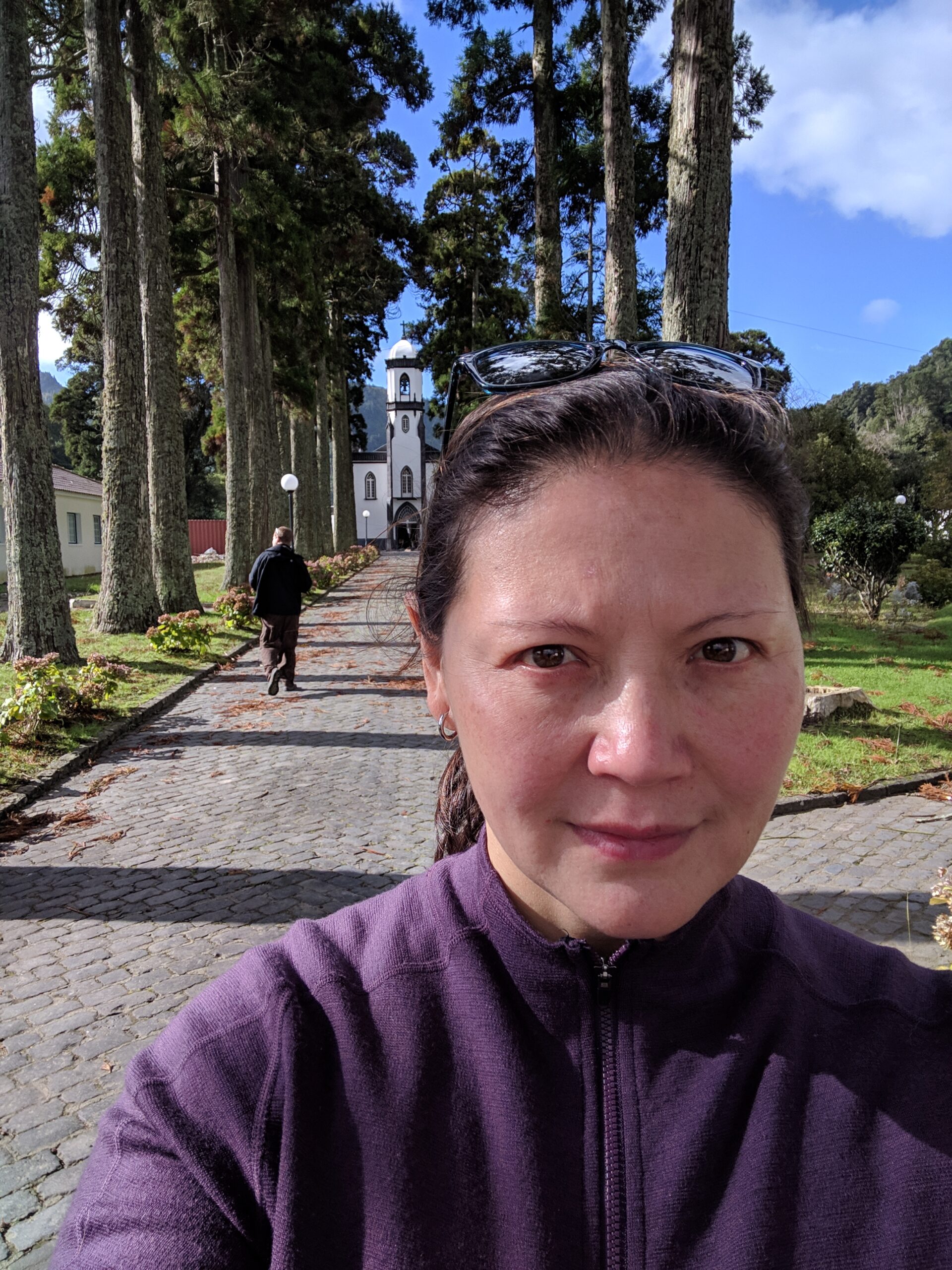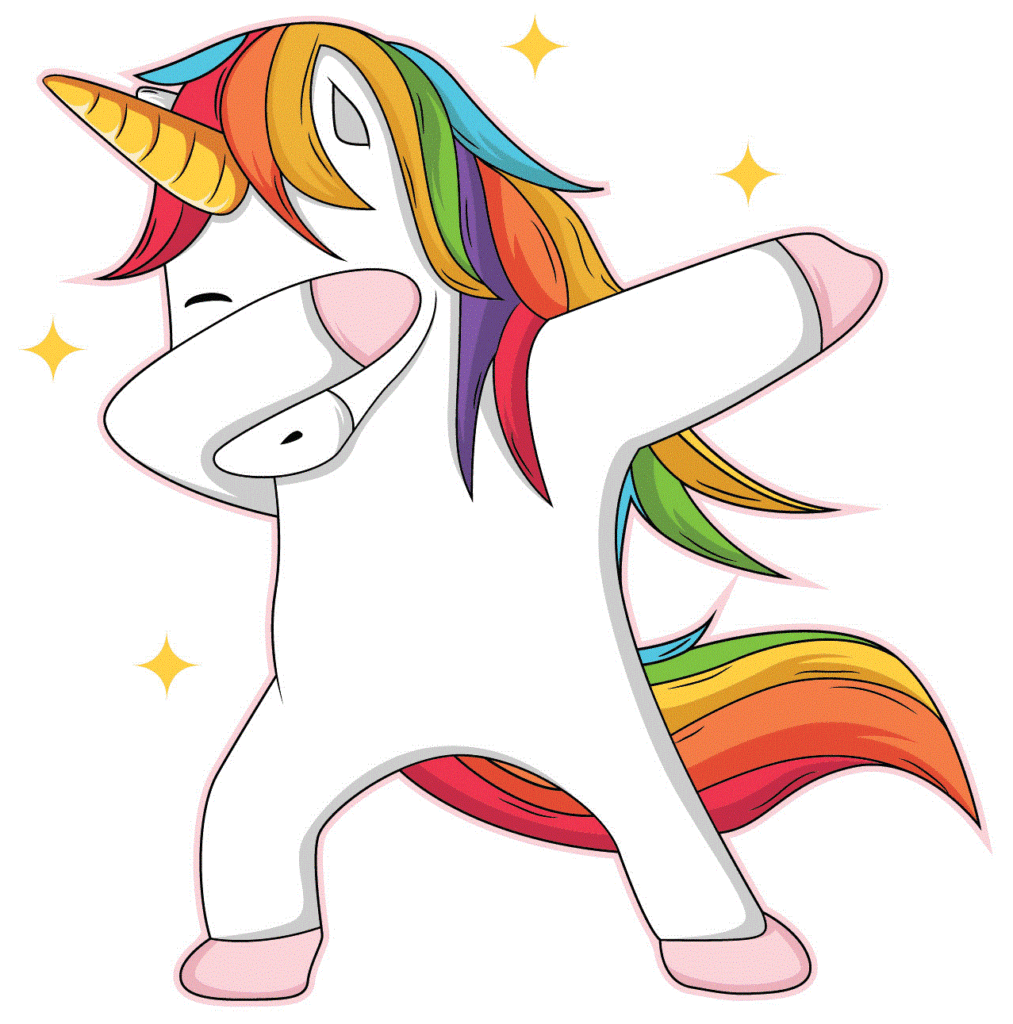
Ethnically Ambiguous, Please Don’t Stare
“I hate how Europeans like to stare,” I said to my husband.
We had landed in the Azores on that morning’s redeye from Boston. After an arrival nap, we were exploring downtown Ponta Delgada on foot. Wandering around with our cameras in hand and gawking at the sights pegged us as tourists. I figured that made us both targets for the unabashed staring.
“Yeah, I noticed people like to stare at you,” he replied.
“At me? Specifically?”
Starting with my first trip to Europe in my teens, I felt the eyes of people heavily upon me. On the Paris Metro, I found it impossible to find a direction to look where someone was not burning a hot laser of focus at my face. In Ireland, the sweet Irish men who I loved to ask directions from so I could hear the rhythm of their lithe accent, would say “Let me take a look at yer face darlin’.” And the blond and ruddy faces of my husband’s childhood home, Norway, would turn toward me as we passed them on the street. I just thought Europeans were comfortable looking directly at people and holding their gaze. Until my husband passively observed people not-so-passively observing me, I thought they did it generally and equally to anyone.
I thought it was a cultural difference to be comfortable unapologetically looking others in the face and holding their eyes just long enough to make them uncomfortable. On a Boston subway, to avoid eye contact, people study the floor and read advertising posters with such ferocity that you can’t help but think they are all ready to apply for a Visa. In New York City, people walk blindly down the street with their eyes intent on a destiny that lies ahead well beyond faces turned toward them. Even in the friendly South and Midwest, looking someone in the face is only a tentative gesture to gauge whether that person would be open to a warm “Good day.” If the oncoming face is shut down, the glance is quickly averted.
“They are probably trying to figure out what you are.” I hadn’t noticed it, but when he pointed out that much of the population here had strikingly similar features, I couldn’t unsee it. And I was suddenly hyper-conscious of myself and my pretty obvious differentness.
Now, my husband is not Portuguese. He is Norwegian and the Norwegian Phenotype is very different than that of the Portuguese, but he is squarely identified as specifically Scandinavian and perhaps, generally European. Norwegians frequent the islands for holidays, so although he may have stuck out as different, he was identifiable.
I was not.
Let me start with this thing called phenotype. I just learned the word, so I am going to show it off a bit. Phenotype is the expression of genetic traits combined with environmental influences through physical characteristics. Identical twins look the most alike when they are young because their phenotype is mostly expressing their genotype. As they age, they may each express environmental influences differently and they may start looking more different with time. Since regions with a very homogeneous population have similar genetics, they also have similar phenotypes. In other words, people look similar in places where most the population descends from common ancestry.
I am a fucking unicorn – an ethnically-ambiguous unicorn.
With my almond-shaped eyes that are not quite slanted and not quite rounded, with my hint of a double eye-lid, with my flowy, full-bodied brown hair (eat your heart out Clairol), with my lightly olive skin, with my high cheekbones, but full round face, with my stout calves, thick thighs, long torso, and short legs, with my wide nose, small lips, and broad forehead, I show broad traits of the phenotype MUTT.
So, although my sparkling glory as an ethnically ambiguous unicorn is confusing, don’t stare.
Us ethnically ambiguous unicorns are here to stay and the uniqueness that makes us unicorn now likely will not remain unique forever. What you sense now as our ‘otherness’ is slowly drifting into the new normal.
It’s funny, I’ve been writing about my ethnic identity for a long time. My undergraduate admission essay was titled “Leaving Half of Me at the Tip of a Pencil.” I wrote about the tyranny of the “Check Only One” option on most forms that request racial and ethnic identity. It really was just 18 years ago that the Census started “allowing” people to “Check All That Apply.” And still, some places keep that old “Check Only One” artifact in their efforts to categorize us and sort humanity into little boxes. I’ve been more than one checkmark for a really long time – my whole life in fact. Commonly. I’ve ignored that ‘Check Only One” box and went nuts checking all that apply without explicit permission. I admit, on my college entrance exams, out of fear of failing the exam for not complying with the command “Check Only One,” I checked only one, but it was neither “Caucasian” nor “Asian,” it was “Other.” That’s right, the ACT forced me to see myself as what the stares on the street see me as – an “Other.”
Otherness was often a land of isolation. I didn’t fit squarely into the sorting categories – too yellow to be white, too white to be yellow. Always an “Other” in both camps.
Always a Unicorn.
When people called me “exotic” and said my look was “interesting,” I knew it was code for my otherness. When they probed with the question, “Where are you from?” And followed it with “No, I mean originally.” I knew it was questioning where this strange creature got its shiny, glittery horn in the land of boring old phenotypical typicalness. When they ask if I’ve been back to my homeland, I advise, “Why yes, I have been back to Colorado since my birth.” And when they respond to explain what they really mean, I just deaden my almond shaped eyes and smirk with my small lips, because this Unicorn got it the first time, but didn’t want to play the ethnically ambiguous guessing game.
Apparently, the ethnically ambiguous unicorns are not just drawing the attention of gawkers on the street either. We are an interesting group for social and cultural thought pieces too. According to this Washington Post Op-Ed by Richard Alba called “The Myth of the White Minority,” somehow us ethnically ambiguous unicorns are going to save the country from sliding into a white minority. Now, why the hell would we want to do that? Well, according to this dude, “Some of the mixed children now classified as minorities surely will think of themselves mainly as whites when they grow up.” He further explains that many of us ethnically ambiguous sorts only really fraternize with white people, so we consider ourselves white. And thus, magically, instead of the world becoming more multiracial, multiracial people will make the world more white.
Did your head just explode?
Let me just set things straight for Mr. Alba: Just because I have a white mother, married a white man and know a lot of white people, I am NOT claiming the mantle of whiteness. As stated perfectly in an Op-Ed rebuffing Alba, “It doesn’t matter if someone identifies as white as long as other people consider them to be nonwhite.” Rest assured, the intense staring at my otherness makes it quite obvious that no matter who I hang out with, I am, in fact, not white.
Despite his pedigree, Alba seems to confuse economic class and race. Whiteness is only an aspiration in the context of the privileges whiteness bestows, but that is a totally different blog post, so I won’t go there.
In the meantime, I am heading to Europe again to visit my husband’s family for the holidays. And all I ask is don’t stare at this unicorn.



2 Comments
Those Europeans are a whole lot more observant than I. I see none of that, just a curious, intelligent face. It’s good to travel in other countries because it reminds us (me?) that what I accept as normal is merely cultural.
I suppose here in the USA, as a melting pot, we don’t have very many enclaves where most the population has similar features and phenotypes. There are some, but they are far more common in Europe. So, we are less likely to notice when someone is multiracial. I just read Michelle Obama’s book. In it, she recalled her first visit to Kenya with Barack in Chapter 11. She described being in Africa but being African American and feeling “in-between” the two cultures and ethnicities. She recalled her future grandmother-in-law asking her which of her parents were white, a question that captured that feeling of being “in-between.” The chapter really resonated with me because I am not Filipino and I am not English. I hold no nostalgia for either geographical region although they make up my ethnicity, I am something in-between. I am American.